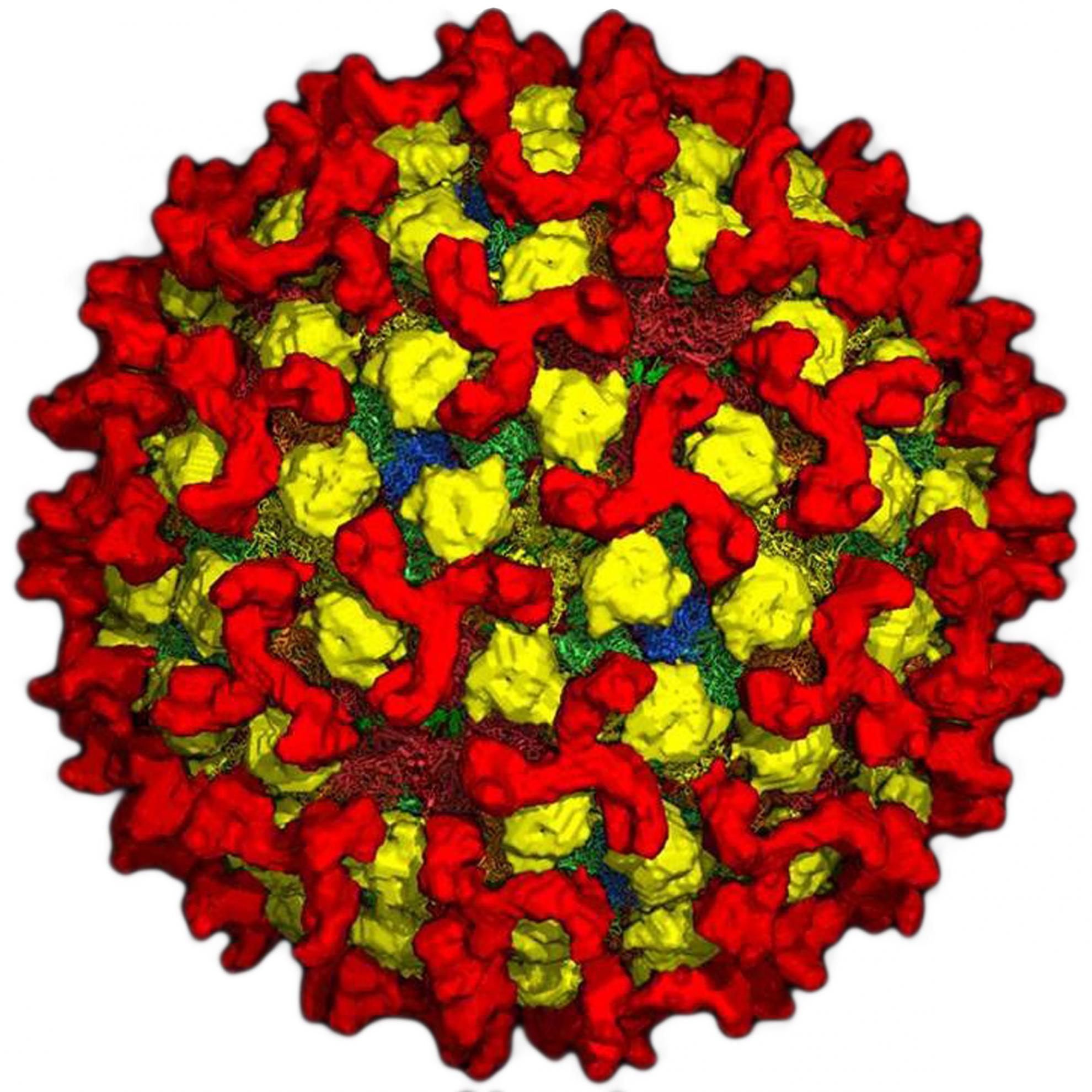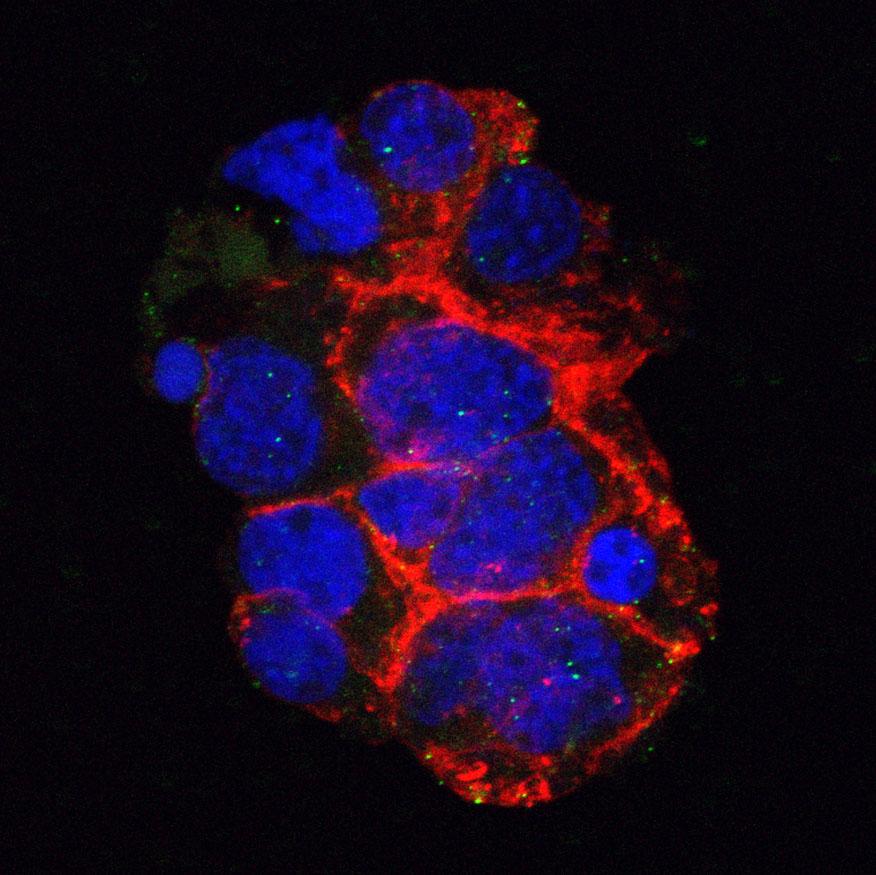Transovarial passage and transmission of LSDV by Amblyomma hebraeum, Rhipicephalus appendiculatus and Rhipicephalus decoloratus
Lumpy skin disease (LSD), an acute, sub-acute or inapparent disease of cattle, is caused by lumpy skin disease virus (LSDV), a member of the genus Capripoxvirus in the family Poxviridae. LSD is characterised by high fever, formation of circumscribed skin lesions and ulcerative lesions on the mucous membranes of the mouth, respiratory and digestive tracts. It is an economically important disease due to the permanent damage to hides, the reduction in productivity and trade restrictions imposed on affected areas. Transmission has been associated with blood-feeding insects such as stable flies (Stomoxysis calcitrans) and mosquitoes (Aedes aegypti). Mechanical (intrastadial) and transstadial transmission by Amblyomma hebraeum and Rhipicephalus appendiculatus as well as transovarial transmission by R. decoloratus have been reported. In this study transovarial passage of LSDV to larvae and subsequent transmission to recipient animals were demonstrated. The finding of transovarial passage of LSDV in female ticks shows the potential for A. hebraeum, R. appendiculatus and R. decoloratus to be reservoir hosts for LSDV.
Back to publications

